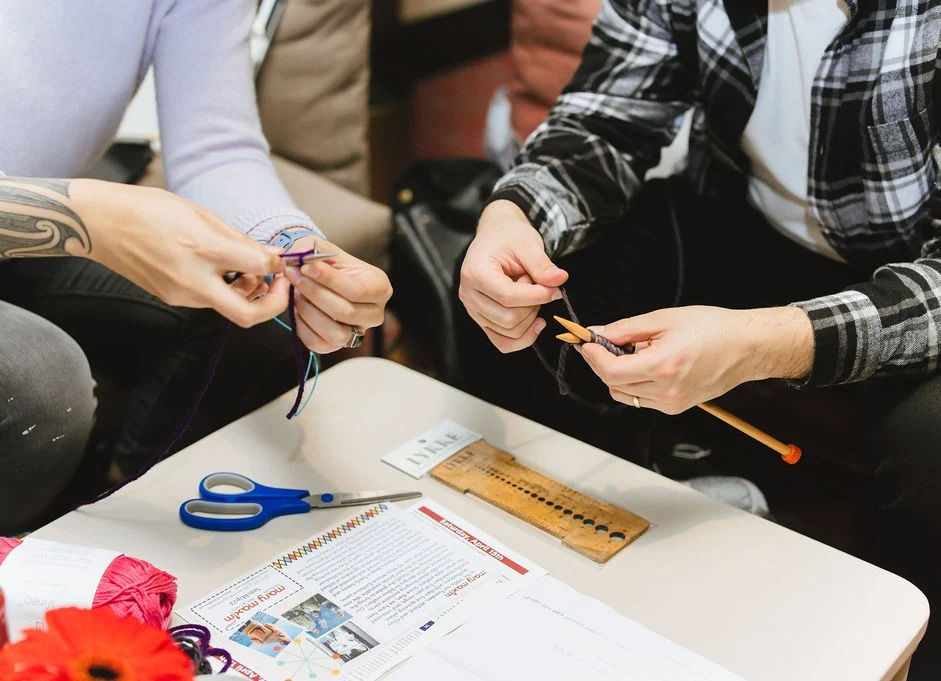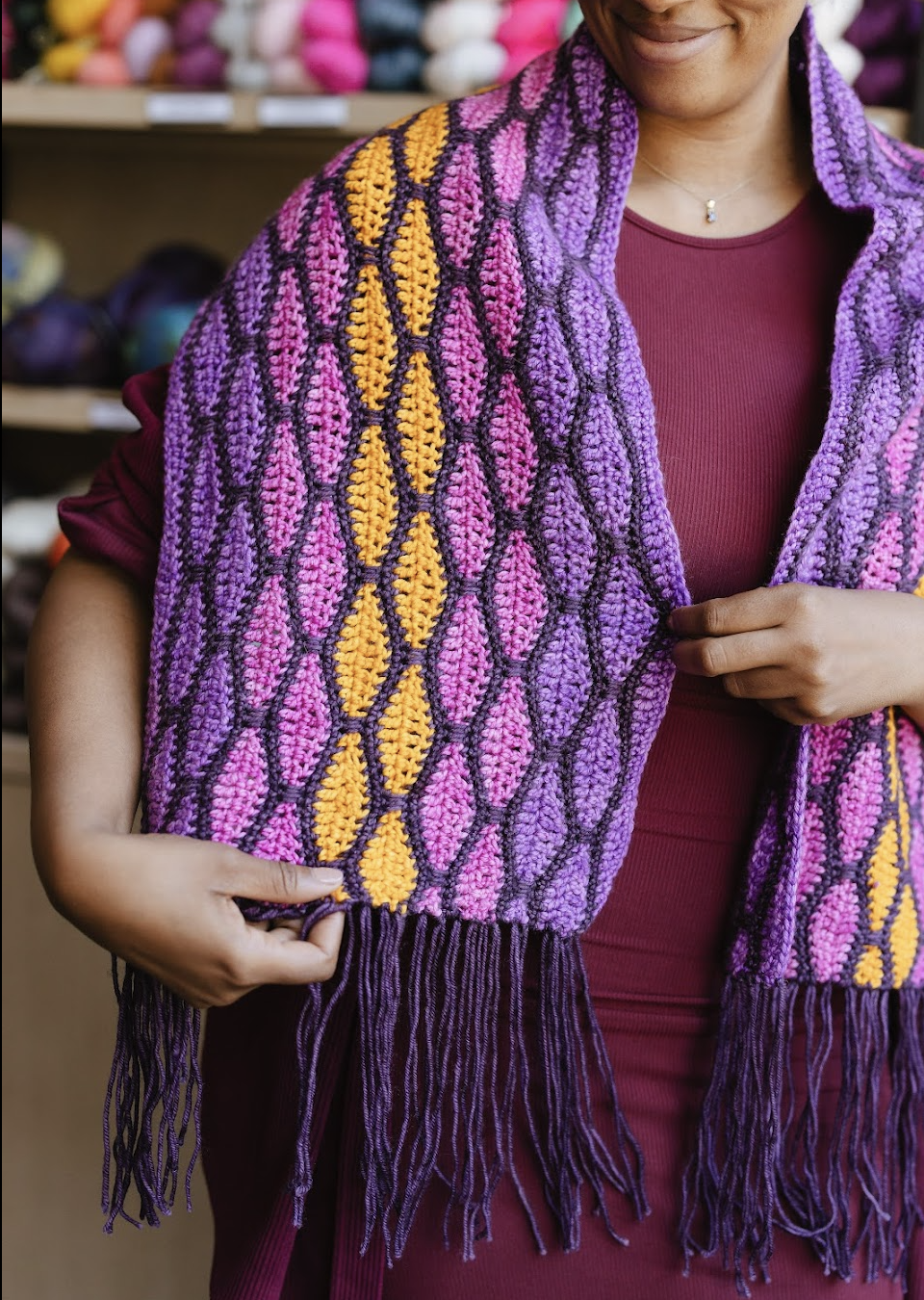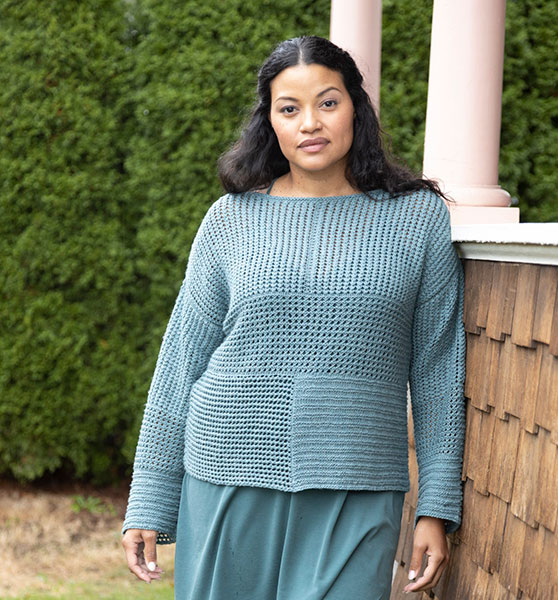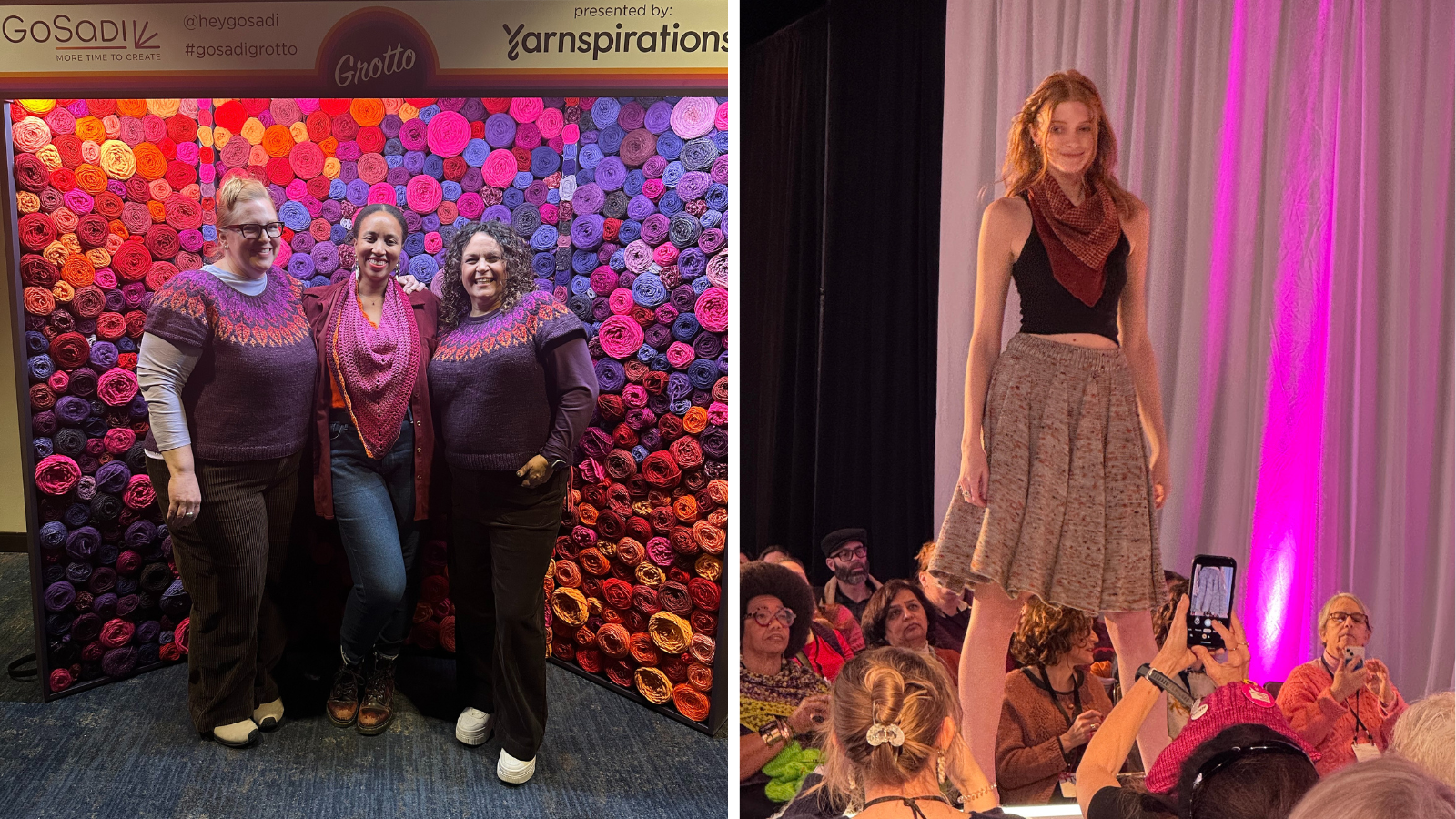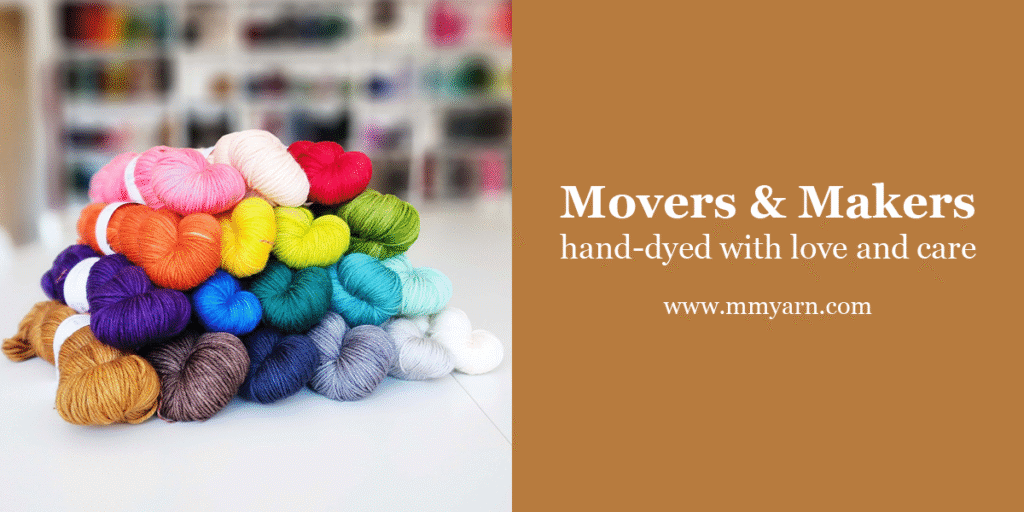As stitchwear designers, our journey from initial idea to published pattern involves much more than just needles and yarn. Publishing patterns means navigating the intricate landscape of copyright laws and pattern policies. Today, we’re diving deep into the legal realm that shapes and safeguards our work as stitchwear designers.
demystifying copyright laws for patterns
The backbone of protecting your patterns lies in understanding copyright laws. It’s critical that you understand how to safeguard your work. While copyright laws may seem complex, we’re here to break them down and empower you with the knowledge you need.
In essence, as a pattern creator, you hold the copyright to that intellectual property. This means that the copy – the written design that you wrote itself is yours, and others cannot reproduce your pattern without your permission. It’s crucial to note that this copyright pertains specifically to the pattern— the instructions, charts, and overall design. It does not extend to the finished objects that makers create using your pattern. Understanding this fundamental right forms the cornerstone of building confidence in your creative journey as a designer.
creating pattern policies
It’s always helpful to inform your customers and makers of your policies rather than assume everyone knows and stays up to date on copyright law. These policies not only protect your work but also set expectations for those who purchase and use your patterns. Crafting pattern policies is an art in itself, striking a balance between protecting & communicating your rights and fostering a supportive community.
key elements of effective pattern policies:
-
Usage Permissions: Clearly outline whether you grant permission for the commercial use of finished items. Specify any conditions or restrictions you deem necessary and consider consulting an attorney to draft this initial policy.
-
Credit Requirements: Communicate how users should credit your design when selling finished pieces, ensuring your creative efforts receive the recognition they deserve.
-
Photography Ownership: Address whether users can use photographs of the finished items for commercial purposes and, if so, under what conditions. If you hired a photographer, confirm your release includes rights to assign these permissions as well.
-
Modification Guidelines: Clearly state your stance on modifications and whether users can sell items based on modified versions of your patterns.
-
Exclusivity Clauses: Consider including clauses that address exclusivity, especially if you offer exclusive rights for a limited period after a pattern’s release.
While your pattern is your intellectual property and is legally protected by copyright law, it’s important to acknowledge that the level of protection can vary. In the realm of simple designs, such as a basic beanie, the application of copyright protection might be more nuanced.
Despite legal safeguards, it’s possible that not all makers will fully understand or adhere to pattern policies. Some may choose not to respect the outlined conditions. Be prepared for this possibility and consider reminding makers of the importance of respecting the rights and efforts of designers within the creative community.
Read more: Inspiration vs. Copying: Unraveling the Differences
navigating the gray areas: collaborating with confidence
The world of design is rarely black and white, and your pattern policies can reflect this reality. Embrace the nuances by considering scenarios like limited commercial use, small-batch sales, or collaborations. By proactively addressing potential questions and scenarios, you create a transparent and collaborative space within the community.
Here’s a great sample for a pattern policy that clearly outlines a designer’s wishes. You can include this text in the Notes section of your Product on gosadi:
usage & sale permissions:
This pattern is crafted for personal, non-commercial use only, with exclusive ownership retained by [Your Designer Name]. The pattern is protected under US Copyright law and cannot be sold or distributed in any form without the explicit permission of the [Your Designer Name]. Makers are granted limited commercial use of finished objects under the following conditions:
-
Makers are allowed to sell finished items created from this pattern in small batches, with a maximum of 25 items per year.
-
Proper credit to [Your Designer Name] must be given in product listings and promotional materials.
-
Makers must use their own photographs when showcasing the finished items for commercial purposes.
-
Any collaborative projects or special editions featuring this pattern require prior approval from [Your Designer Name].
Remember, these are just examples, and your policies should align with your comfort level and business goals. Tailoring your pattern policies ensures that your creative rights are protected while fostering a supportive and collaborative environment within the stitchwear community.
the power of clarity: protecting your craft and community
In the ever-evolving landscape of stitchwear design and copyright law, clarity is your greatest ally. Clearly articulated pattern policies not only protect your creative investments but also contribute to a community where trust and respect flourish. As you continue to develop and publish your designs, let your pattern policies be the guiding threads that support both your art and the community you’ve cultivated.
Ready for more insights to elevate your stitchwear designs? Join our newsletter for in-depth perspectives, exclusive content, and a reservoir of collaborative wisdom. Share these insights with your fellow designers, and let’s nurture a thriving creative community together!

